We’ve picked out six historic venues with a darker twist for groups to visit across the UK, from haunted sites to behind bars experiences.
1. Whitby Abbey
The Yorkshire site (pictured above) is synonymous with hauntings, but is mostly known as the inspiration behind Bram Stoker’s thrilling novel Dracula. The author arrived in Whitby at the end of July in 1890 and left with a full sense of imagination after seeing the historic, windswept ruins and graves, along with bats and other features to create one of the world’s most beloved tales. The ghost of St. Hilda, who founded Whitby Abbey, is rumoured to roam the ruins, where she peeks from one of the highest windows. She also gained fame with her mention in Bram Stoker’s novel.
2. St Leonard’s Ossuary
St Leonard’s Church in Hythe, Kent, has the largest and best-preserved collection of ancient human skulls and bones in Britain. The collection consists of shelves in four arched bays that contain over 1,000 skulls in total. Past historians indicated that the collection represents the remains of some 4,000 people, with many elaborate theories as to who the people were such as Danish pirates slain in a battle, men who fell in the 1066 Battle of Hastings or victims of the Black Death.
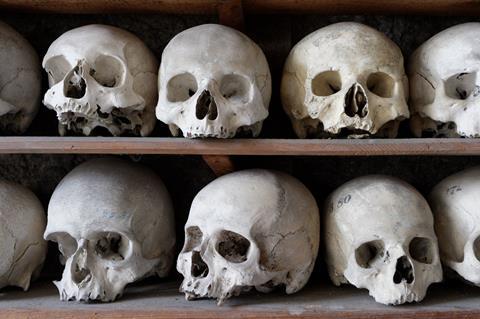
It was concluded in 2012 that the remains are likely residents of Hythe who were moved from the churchyard when the church was extended in the 13th century. Groups are welcome between May and September every year.
3. Pluckley Village
Pluckley in Kent is said to be the most haunted village in Britain and according to the Domesday Book was once owned by the Archbishop of Canterbury. It’s an ideal stopping place with local shops, pubs and restaurants to enjoy, plus you can look out for filming locations used in the Darling Buds of May television series starring David Jason and Pam Ferris.
Have you been anywhere that’s given your group a fright? Let us know by commenting below or emailing editorial@groupleisureandtravel.com.
The more thrill-seeking members of your group can keep an eye out for the village’s supposed 12 ghosts, including the ‘Screaming Man’ who is believed to have worked in the village and fallen to his death, or the ‘Schoolmaster’ who was found dead by his pupils in the 1800s and can be seen on the grounds wearing his favourite coat and stripy trousers.
4. Samlesbury Hall
All tours to Samlesbury Hall in Lancashire last around 75 minutes, with no roped off areas and undue restrictions to get a fully authentic feel. Although self-led visits are welcome, why not take a tour with Lancashire’s own Simon Entwistle, the master of spookiness, and learn about the boggarts of Samlesbury?

Or discover the site’s gruesome tales during a witch tour. Groups can also hear stories of Samlesbury Hall and beyond with local historian John Spencer-Barnes, and organise lunch with tailored menus.
5. Bodmin Jail
The former prison has The ‘Dark Walk’ which uses theatrical effects and the latest technology to transport visitors back to Cornwall’s murky past, enabling a first-hand experience of the penal life of a working 18th and 19th-century prison on the fringes of the windswept Bodmin Moor.
Your tour of Bodmin Jail, which includes stops at the eerie Navel Wing and the Administration Block, culminates in walking the path of the 55 prisoners who were led to the hanging pit - the only working execution pit in the UK.
6. Eyam Village
To the north of Coventry in rural Derbyshire lies the historic village of Eyam. Famously known as the ‘plague village’, groups can visit Eyam Museum which explains how the deadly plague came to the area in 1665 and the self-sacrifice of the villagers as they decided to quarantine themselves rather than allow the plague to spread to neighbouring communities.
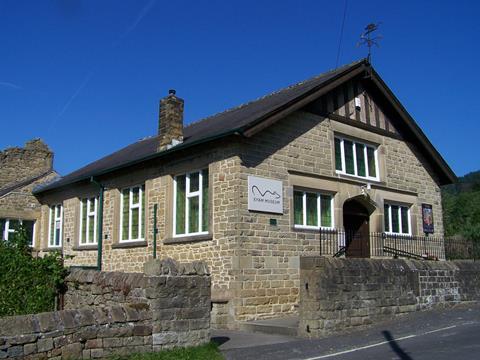
The museum not only tells the plague story, but also relates the earlier development of the village, and its recovery after the plague, plus there are plenty of rural trails nearby which are ideal for keen walking groups.
It’s said that one of the most haunted buildings in the village is the Miner’s Arms. People have reportedly heard footsteps and experienced some strange occurrences in the bedrooms - some guests have even left in the middle of the night because of fright.




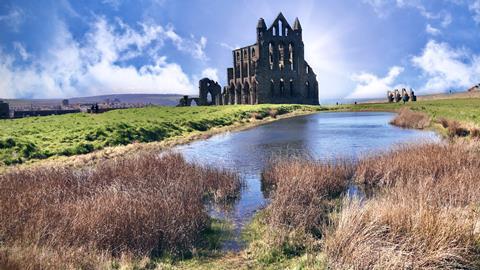





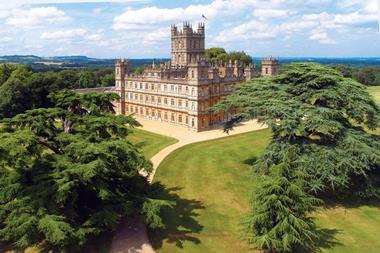


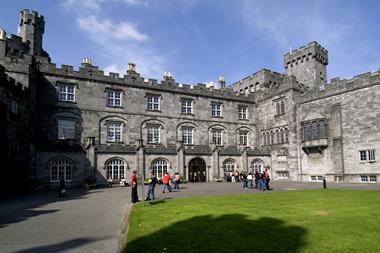
No comments yet